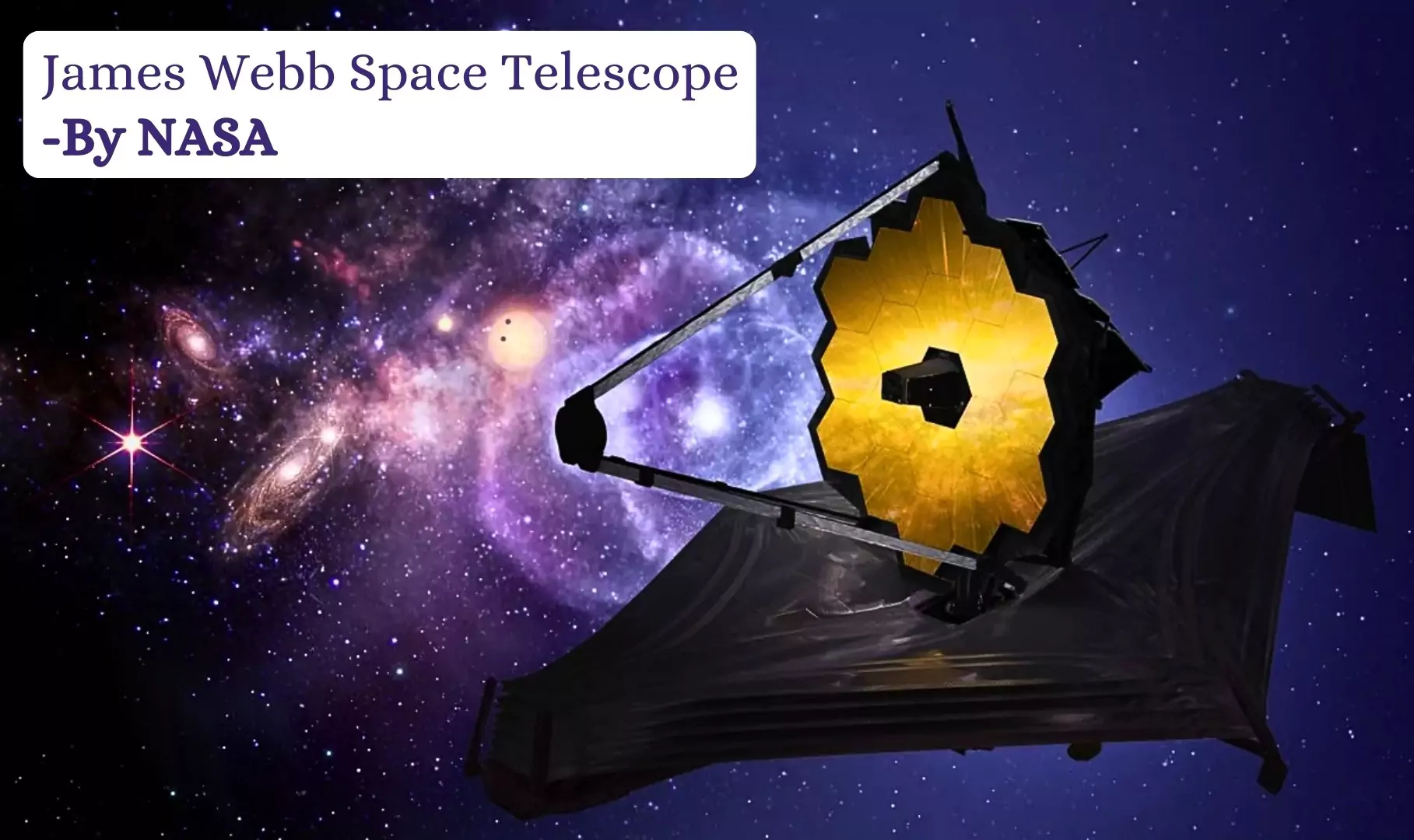Context:
According to a new study, James Webb Space Telescope (JWST) captured the oldest-known dead galaxy, which stopped forming stars 13 billion years ago.
Key Findings of the James Webb Space Telescope Study:
- Timeline of Dead Galaxy and Universe: The dead galaxy was spotted when the universe was just 700 million years old. The universe sprang into existence about 13.8 billion years ago.
- Phenomenon of Red-Shifted: As the universe expands, galaxies move away from us. As a result, light from these galaxies is shifted to longer (and this means redder) wavelengths —astronomers call this ‘red-shifted’.
- Factors affecting Star Formation:
- Feedback from Star Formation: Supermassive black hole or feedback from star formation, can push gas out of the galaxy, causing star formation to stop rapidly
- Starvation of Gas: Gas that was quickly consumed by star formation might not have been replenished by fresh gas from the surroundings of the galaxy, leading to starvation of gas.
- Significance of the Study: The study could provide clues into how and why galaxies stop forming new stars and whether the factors affecting star formation have changed over billions of years.
James Webb Space Telescope
- About James Webb Telescope: The James Webb Space Telescope is an orbiting infrared observatory that will complement and extend the discoveries of the Hubble Space Telescope, with longer wavelength coverage and greatly improved sensitivity.
- Developed by: NASA with the assistance of the European Space Agency and the Canadian Space Agency.
- Launched in: It was launched in 2021, with a mission duration of 5-10 years.
- Location in space: It is placed at Lagrange point 2, approximately 1.5 million km beyond Earth’s orbit around the Sun.
- Size: Webb’s primary mirror is approximately 6.5 meters in diameter, giving it a significantly larger collecting area than the mirrors of the current generation of space telescopes.
- Wavelength: It will provide wavelength coverage from 0.6 to 28 microns (the infrared part of the electromagnetic spectrum).

Goals of James Webb Space Telescope
- Observing the Early Universe: JWST aims to capture images of the universe’s first galaxies, much like opening a time capsule from the cosmos’s earliest days.
- Studying Galaxy Formation: JWST will explore how galaxies evolve, akin to understanding the growth and ageing process of living beings.
- Studying Star and Planetary System Formation: With its infrared vision, JWST can see through dust clouds to witness the birth of stars and planets, similar to watching a baby chick hatch from an egg.
- Planetary Studies: JWST will scrutinize planets, including exoplanets, to uncover their atmospheres and compositions, like a detective piecing together clues to solve a cosmic mystery.
Features of James Webb Space Telescope
- Enhanced Resolution: The larger mirror and state-of-the-art instruments of JWST will provide a far superior resolution to Hubble, allowing it to observe distant celestial bodies in remarkable detail.
- Advanced Exoplanet Detection: While Hubble made important contributions to exoplanet studies, JWST’s specialized instruments will enable more sophisticated detection of exoplanets, including those within habitable zones.
- Greater Observational Reach: JWST can observe further into the past than Hubble, reaching back to the first galaxies and stars, even probing the era of reionization, a realm beyond Hubble’s capabilities.
- Improved Solar System Observation: JWST will offer more comprehensive insights into our solar system’s celestial bodies, using its superior instruments to explore multiple spectra for an in-depth understanding that surpasses Hubble’s contributions.
Significance of James Webb Space Telescope
- Advancing astrophysical knowledge: The telescope’s precise views of celestial phenomena provide substantial contributions to astrophysics by providing fresh insights into how the universe works.
- Exploration of exoplanets: The James Webb Space Telescope’s study of exoplanets, particularly their atmospheres and potential habitability, may provide important insights into the possibility of extraterrestrial life.
- Catalyst for future space missions: The success of the James Webb Space Telescope prepares the way for future space missions and telescopes to further explore the universe in greater depth and complexity.
Also Read: Ergosphere: Making A Black Hole Work
News Source: Down To Earth
To get PDF version, Please click on "Print PDF" button.

